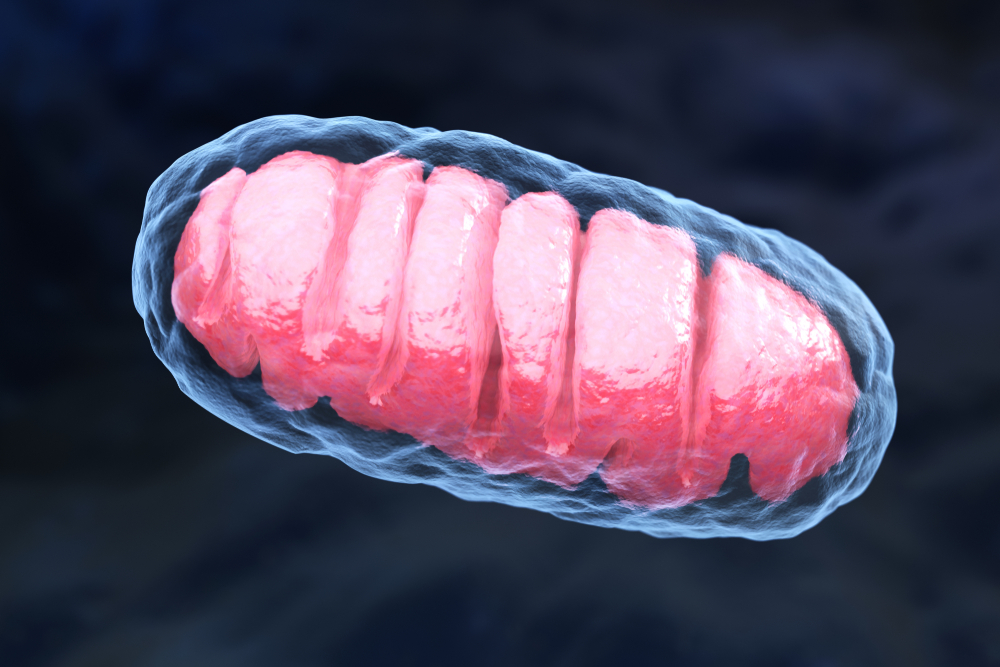Scientists Discover How a Therapy Both Treats Alzheimer’s and Reverses Aging
Written by |

Salk Institute researchers have discovered how a therapy they are developing alleviates the symptoms of Alzheimer’s disease and reverses aging in mice.
The compound, J147, does this by binding to a protein in mitochondria, the cells’ energy powerhouse, the La Jolla, California-based team reported.
A key implication of the findings is that one drug may be able to address both Alzheimer’s and aging.
“This really glues together everything we know about J147 in terms of the link between aging and Alzheimer’s,” Dave Schubert, the head of Salk’s Cellular Neurobiology Laboratory, said in a press release. “Finding the target of J147 [mitochondria] was also absolutely critical in terms of moving forward with clinical trials” of the therapy in humans, said Schubert, the lead author of the study.
The research, “The mitochondrial ATP synthase is a shared drug target for aging and dementia,” appeared in the journal Aging Cell.
J147 is a modified version of a molecule found in curcumin, a component of the turmeric plant. Scientists discovered it when they screened several plant-derived substances in their search for a compound that could reverse aging in the brain.
Researchers at the Salk Institute for Biological Studies, led by Schubert and research associate Josh Goldberg, discovered that J147 targets a mitochondrial protein called ATP5A.
ATP synthase is an enzyme that creates the energy storage molecule adenosine triphosphate, or ATP. Scientists call ATP the cells’ energy currency because it can be used to produce energy.
Using laboratory models of mice to mimic aging-associated and Alzheimer’s disease-like toxicities, researchers found that J147 inhibits ATP synthase’s activity, protecting nerve cells.
Previous studies with other animals, such as worms and flies, had suggested that ATP synthase is involved in aging. Researchers found that J147 activated a specific pathway —AMPK — known for its anti-aging role.
“We know that age is the single greatest contributing factor to Alzheimer’s, so it is not surprising that we found a drug target that’s also been implicated in aging,” Goldberg said.
Using an accelerated aging and dementia mouse model, the team discovered that regulating ATP synthase restrained what scientists call the age-associated drift of certain brain proteins and blood plasma metabolites. This led to healthier and more stable mitochondria during the aging process and in disease.
“I was very surprised when we started doing experiments with how big of an effect we saw,” Schubert said. “We can give this to old mice, and it really elicits profound changes to make these mice look younger at a cellular and molecular level.”
In addition, the treatment slowed the age-associated decline of flies, and extended their lifespan by 12 1/2 percent.
“If the close relationship between preventing aging and dementia observed for J147 holds true for other genetic targets identified in aging research, these pathways would provide a new source of AD [Alzheimer’s drug targets that are desperately needed,” the researchers wrote.
“People have always thought that you need separate drugs for Alzheimer’s, Parkinson’s and stroke,” Schubert said. “But it may be that by targeting aging, we can treat or slow down many pathological conditions that are old-age-associated.”
The U.S. Food and Drug Administration requires researchers to test a potential therapy’s toxicity in animals before moving it to clinical trials in humans. With that accomplished, the Salk researchers are lining up funds to test J147 in a Phase 1 trial.





